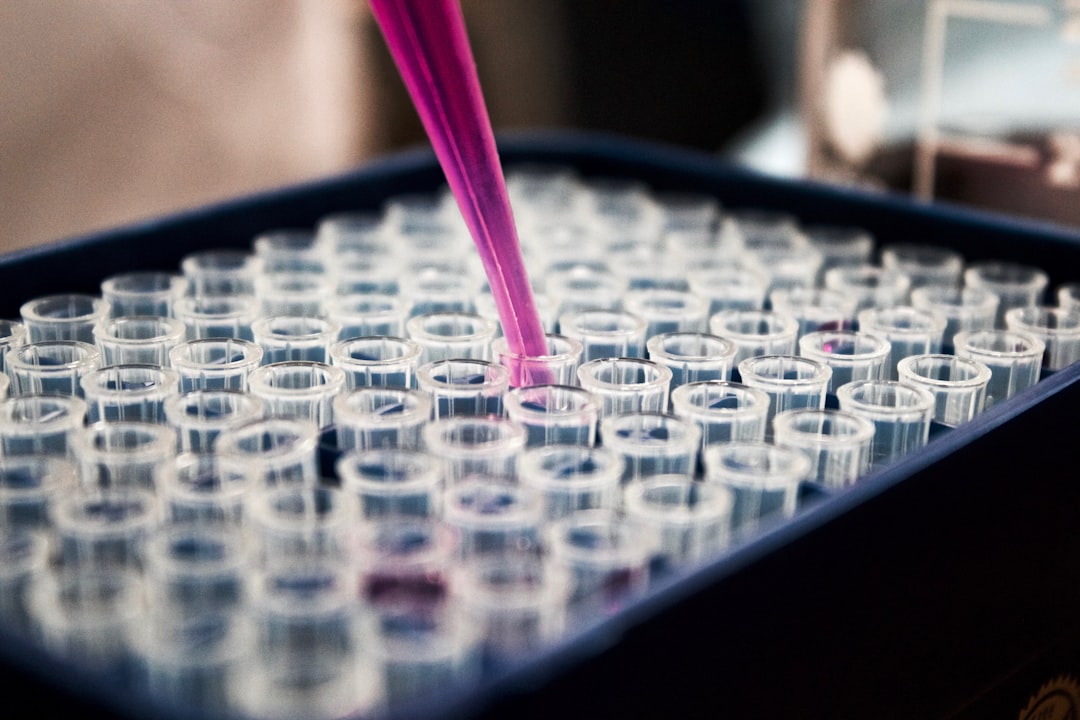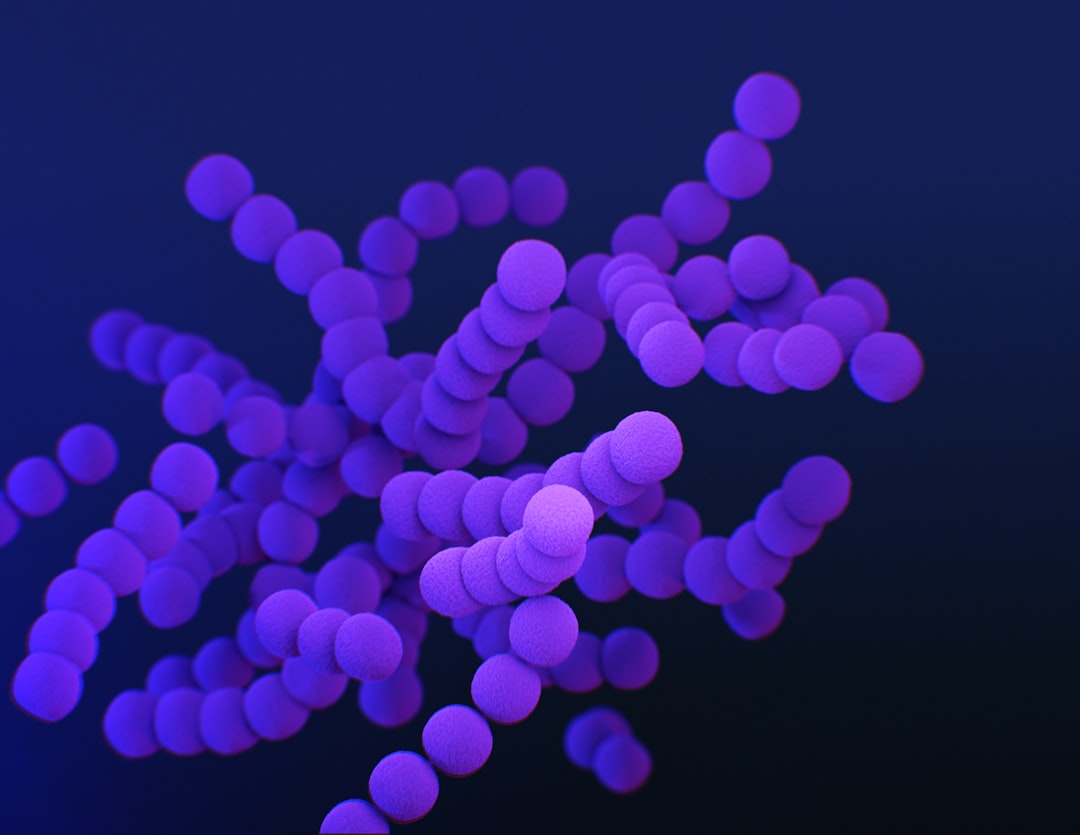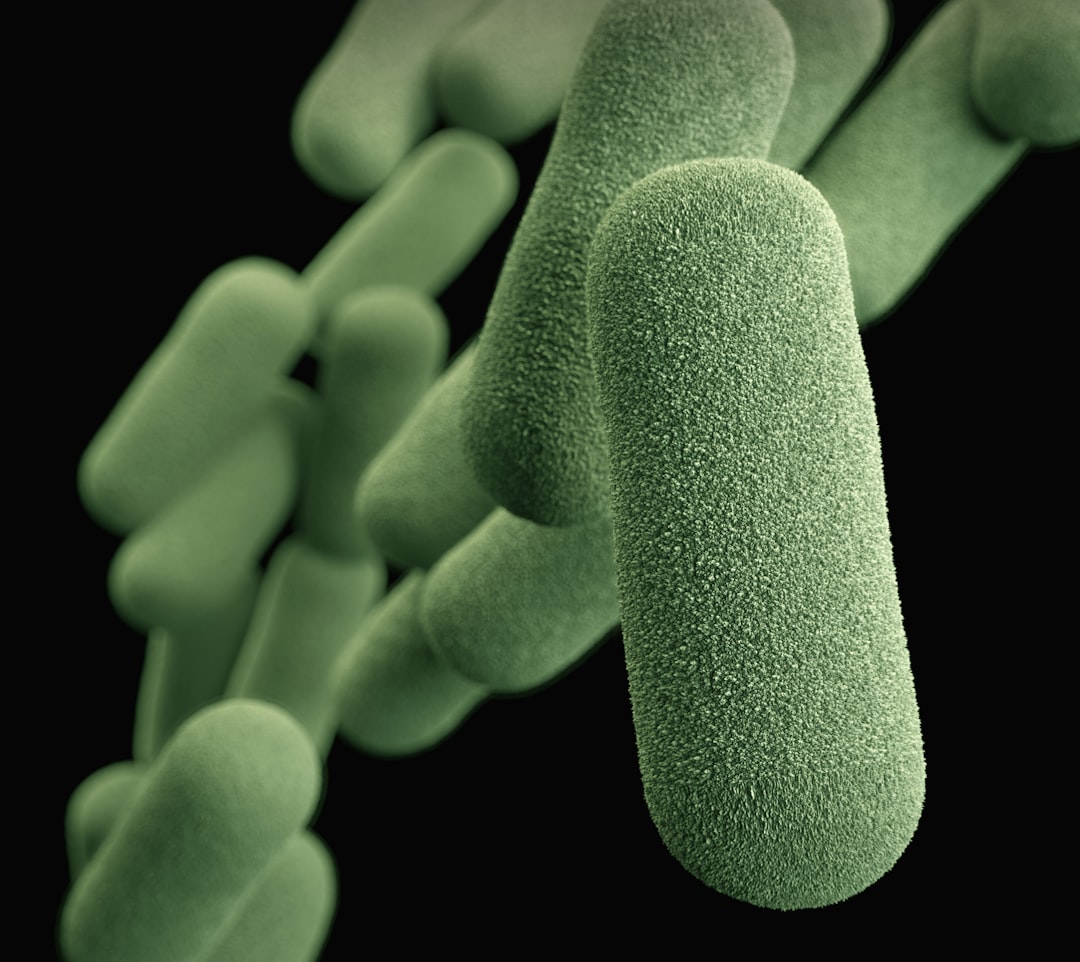What is it about?
Orbitally shaken flasks in polysaccharide-producing bacterial cultures usually present oxygen limitations because of non-Newtonian rheological characteristics of the resulting culture broth and bacterial respiration.
Featured Image

Photo by National Cancer Institute on Unsplash
Why is it important?
by resonant acoustic mixing can maintain elevated oxygen transfer rates, even in non-Newtonian high-viscosity cultures, as in the case of alginate production by A. vinelandii.
Perspectives
RAM showed its oxygen transfer potential for cultures that become increasingly viscous during cultivation, allowing A. vinelandii to have a high accumulation of alginate, without any observable oxygen limitation.
Mauricio A. Trujillo-Roldan
Universidad Nacional Autonoma de Mexico
Read the Original
This page is a summary of: Shaken flasks by resonant acoustic mixing in the biosynthesis of alginate by Azotobacter vinelandii
with non-Newtonian rheological characteristics, Journal of Chemical Technology & Biotechnology, November 2017, Wiley,
DOI: 10.1002/jctb.5475.
You can read the full text:
Resources
Contributors
The following have contributed to this page










